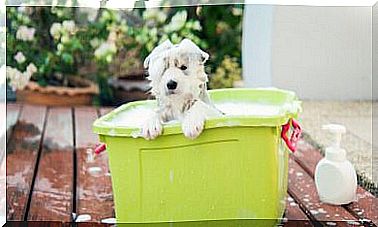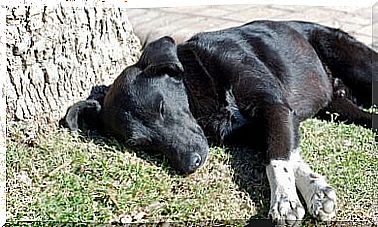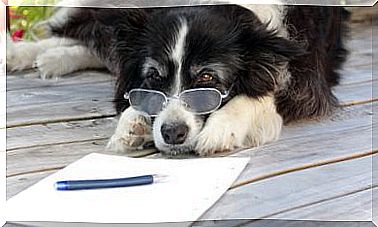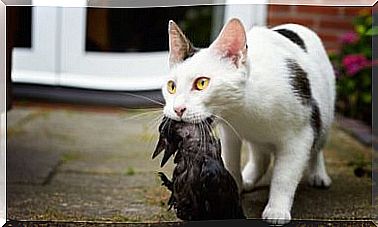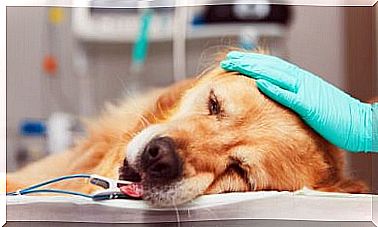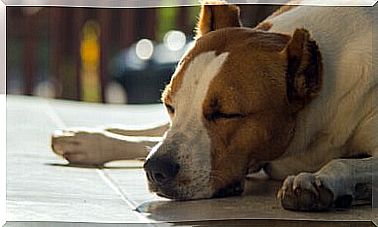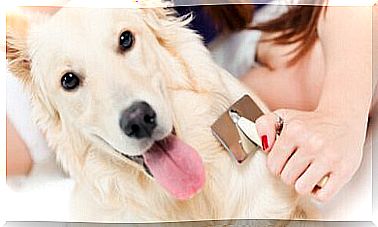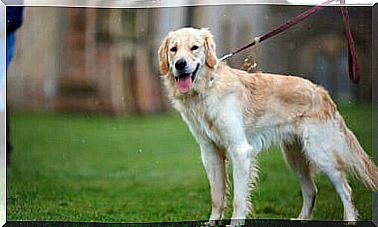Neighborly Relations Between Pet Owners
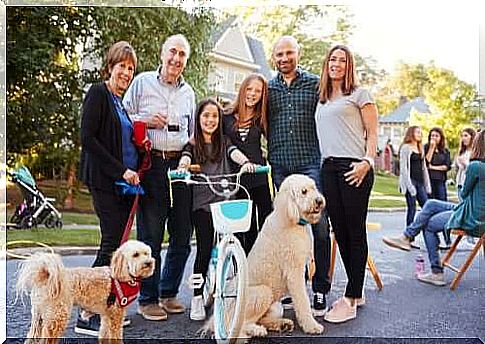
The possession of a pet among Italian families is increasingly widespread. As a large part of the urban population lives in apartments, neighborhood relations are increasingly influenced by problems involving pets.
Logically, when we adopt an animal, we do not enter into conflict with third parties. But if we’re not aware of the responsibilities involved in her upbringing, our adorable puppy could end up being a nuisance to the neighbors.
To analyze the integration of pets in the neighborhood, we will analyze the possible legal implications and also some tips for avoiding inconvenience with the neighbors.
Neighborhood and pets: what does the law say?
Article 16 of 18 June 2012, which supplements Law 220/2012 of the Civil Code, establishes that no condominium regulation can prohibit the possession or presence of pets and pets inside a home. Basically, owners have the right to share their property with pets. Furthermore, animals are not considered mere objects of possession, but sentient beings.
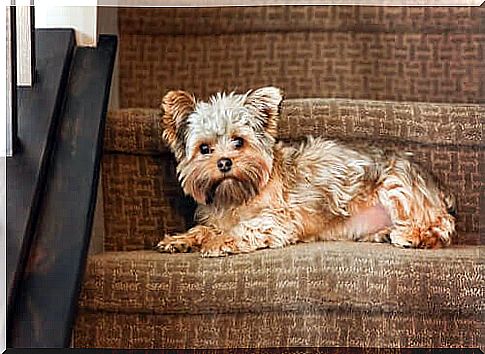
In any case it is understood that, when pet ownership can lead to some injury or damage to neighbors or the residential complex, the owner can be penalized for not respecting the rules based on normal peaceful coexistence.
Which pets are allowed?
To date, in Italy it is estimated the presence of about 60.5 million pets in condominiums. The majority are cats and dogs. As pet ownership increases, disputes between neighbors have also increased.
Italian law protects animals and article 1138 of the civil code establishes that the right to own pets cannot be limited by condominium rules.
In any case, a neighbor who feels harassed and disturbed by the presence of a pet, can take legal action against the owner to stop inappropriate activities, according to the rules of good coexistence. When we talk about pets, this can mean controlling excessive barking, bad smells or damage caused by the animal to the common heritage or to third parties.

What legal actions are applicable to neighborhood conflicts involving pets?
First of all it is good that the condominium administrator inform the owner of the inconvenience caused by his pet. It is also necessary to clarify that, if the inconvenience persists, it is possible to initiate legal actions.
If the owner does not take specific measures, a neighbor or the meeting of condominiums can file an injunction against him. If approved, this action legally condemns the owner to stop the reported conduct and prohibits it from happening again. Likewise, before starting such legal action, it is necessary to gather evidence of the inappropriate behavior of the pet and its guardian.
In general, it is advisable to submit photographs or footage and reports to the police. It is also possible to ask neighbors to declare in court the recidivism caused by the inappropriate possession of the animal.
When it is verified that the possession of the animal causes an incessant discomfort to the neighbors, the judge imposes the most appropriate sentence in the case. In addition to ordering the immediate cessation of inappropriate behavior, it can also issue fines or seek compensation for damages to third parties or to common property.
In conclusion, if we do not want to have problems with the neighborhood, it is good to understand how to best manage coexistence with a pet in respect of everyone. It will therefore be necessary to observe and comply with the codes of good conduct.
